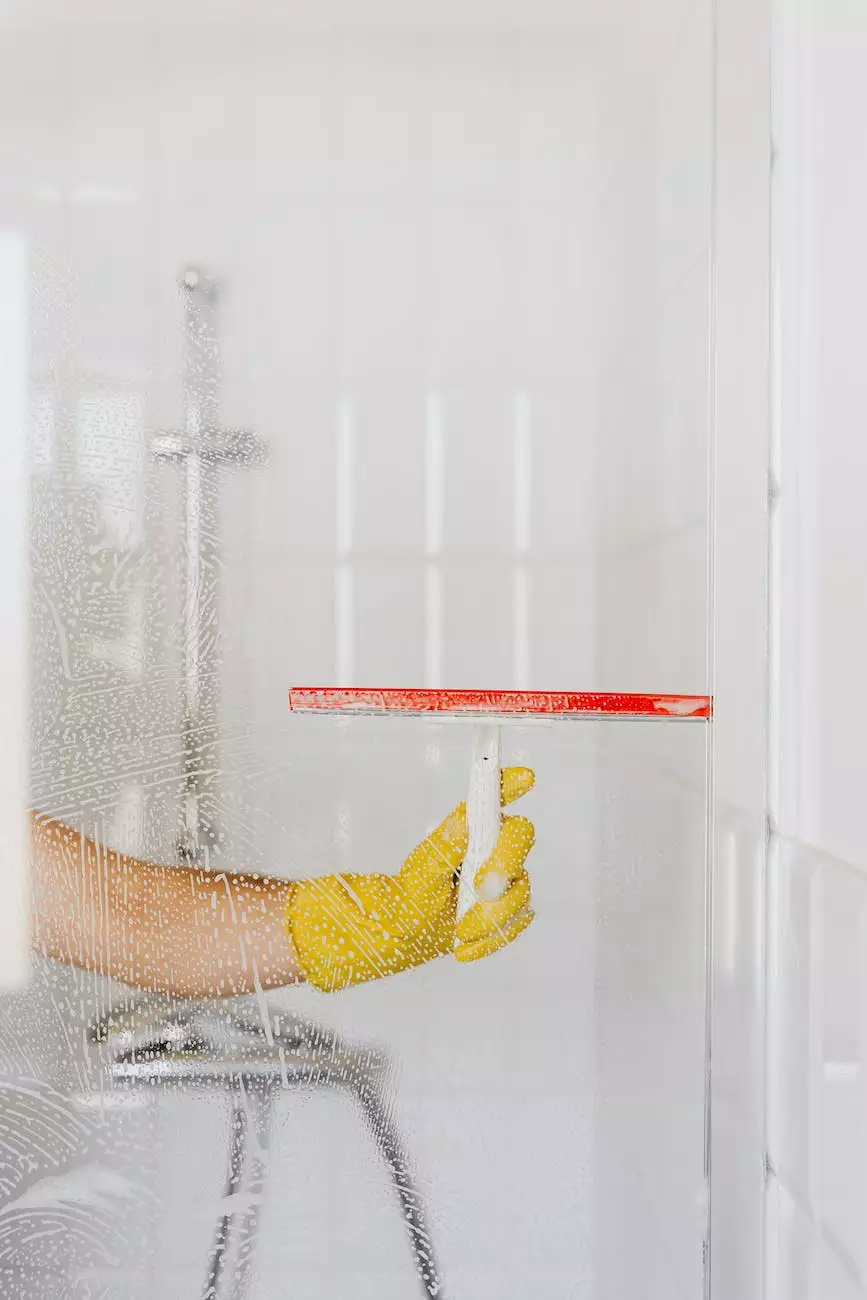Easy way to Drain Coolant from the Radiator
Chassis
Introduction
Welcome to Grafco Electric, your trusted source for all your electrical needs. In this informative guide, we will walk you through the process of draining coolant from your radiator in a hassle-free manner. Taking care of your radiator is crucial for ensuring optimal engine performance and preventing overheating issues. By following our step-by-step instructions, you'll be able to maintain a healthy radiator and extend the lifespan of your vehicle.
Why is Draining Coolant Important?
Before we delve into the step-by-step process of draining coolant, let's understand why this procedure is crucial for your radiator's health. Over time, coolant can become contaminated with debris, rust, and other impurities, reducing its effectiveness in cooling the engine. By draining the coolant periodically, you not only remove these impurities but also create space for fresh coolant, ensuring maximum heat dissipation and preventing any potential damage to your engine.
Step 1: Gather the Necessary Tools
Before you start draining the coolant, make sure you have the following tools readily available:
- Drain pan
- Rubber gloves
- Ratchet and socket set
- New coolant
Step 2: Locate the Radiator Drain Plug
Next, you'll need to locate the radiator drain plug. This plug is typically located at the bottom of the radiator and can be easily identified as a small valve or petcock. Consult your vehicle's manual if you're having trouble finding it.
Step 3: Prepare for Coolant Drainage
Before you start draining the coolant, ensure that your engine is completely cooled down to avoid burns or other accidents. Park your vehicle on a level surface and engage the parking brake for added safety.
Step 4: Position the Drain Pan
Place the drain pan directly beneath the radiator drain plug to collect the coolant as it drains out. This will help you avoid any spills or mess.
Step 5: Open the Radiator Drain Plug
Using the ratchet and socket set, carefully loosen the drain plug in a counterclockwise direction. Make sure you're wearing rubber gloves to protect your hands from any potential coolant splashes. As you loosen the plug, the coolant will start to drain into the pan.
Step 6: Allow the Coolant to Drain Completely
Be patient and wait for the coolant to completely drain out of the radiator. You can gently rock the vehicle back and forth to facilitate the process. Once the coolant has stopped flowing, securely tighten the drain plug back into place.
Step 7: Refill with Fresh Coolant
Now that the old coolant has been drained, you can proceed to refill the radiator with fresh coolant. Consult your vehicle's manual for the appropriate coolant type and mixing ratio. Carefully pour the coolant into the radiator's fill cap until it reaches the recommended level.
Step 8: Check for Leaks
After refilling, it's essential to inspect the radiator and surrounding components for any leaks. Run the engine for a few minutes and monitor the coolant levels and the overall system for any signs of leakage. If you notice any leaks, it's crucial to address them promptly to avoid further damage.
Conclusion
Congratulations! You've successfully drained and replaced the coolant in your radiator with ease. Regular coolant maintenance is vital for the well-being of your engine and can significantly extend its lifespan. By following the step-by-step instructions provided by Grafco Electric, you can confidently maintain your radiator's health and enjoy optimal engine performance. Remember to consult your vehicle's manual for specific instructions and reach out to our expert team if you have any further queries or concerns.
Make Grafco Electric your go-to resource for all your electrical maintenance needs. Our team of professionals is dedicated to delivering exceptional service, expert advice, and reliable solutions. Contact us today to experience the Grafco Electric difference.




